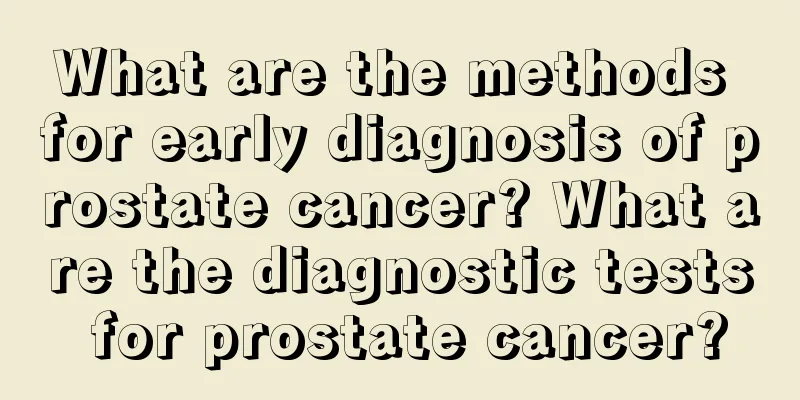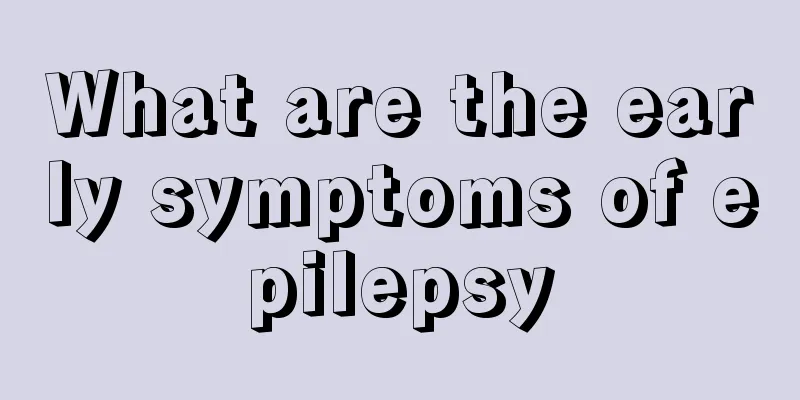How to treat moles on the buttocks

|
The area where hemorrhoids grow is very private, and many people feel embarrassed after suffering from hemorrhoids. They do not go to the hospital for treatment due to face. Over time, the hemorrhoids will become more and more serious. There are many methods for treating hemorrhoids, including surgery, drugs, and local medications. Different methods of treating hemorrhoids will have different effects, but it is best to use the medication under the guidance of a doctor. How to treat mole sores on the buttocks? 1. Drug treatment method Injection therapy: Currently, many countries and regions use injection therapy to treat hemorrhoids, which is a method of injecting drugs into hemorrhoids. The injections commonly used in clinical practice mainly include sclerosing and atrophic agents and hemorrhoidal necrotic and exfoliative agents. Sclerosing agents are suitable for internal hemorrhoids of all stages and are currently commonly used in clinical practice. However, after the aseptic inflammatory reaction caused by the drug disappears, the fibrosis contraction and squeezing effects gradually ease, and hemorrhoids are prone to recurrence. If the injection site is too shallow, it is easy to cause mucosal ulceration and mucosal abscess. If it is too deep, it is easy to cause hardening of the anal tissue. If the dosage is too large, it can cause necrosis and massive bleeding. The drug solution seeping beyond the tooth line can cause severe anal pain, edema or thrombosis. Excessive dosage of necrotizing agent can often cause postoperative necrotic bleeding or infection and ulcer formation on the necrotic surface, especially extensive tissue necrosis or infection. Not only will the treatment time be long, but the scar contraction can also cause sequelae of anal stenosis. 2. Surgical treatment Large internal hemorrhoids and those that do not respond to injection sclerotherapy can be treated with rubber band ligation, which causes the hemorrhoid to shrink and fall off painlessly. Vacuum ligation can be performed at intervals of 2 weeks or longer. Generally, 3 to 6 ligations are required to cure the disease. Treatment may also include using lasers, infrared light (infrared photocoagulation), or an electrical current (electrocoagulation) to destroy the hemorrhoids. If these methods fail, surgical resection may be done. What causes hemorrhoids? 1. Anatomical reasons: When a person is standing or sitting, the anus and rectum are located at the lower part. Due to gravity and the pressure of internal organs, the upward venous return is greatly hindered. The rectal veins and their branches lack venous valves, so blood cannot flow back easily and is prone to congestion. Its blood vessels are arranged in a special way and pass through the muscular layer at different heights, which makes them easily compressed by fecal matter, affecting blood return. The veins pass through the loose tissue of the submucosal layer and lack stent fixation around them, making them prone to expansion and buckling. 2. Genetic relationship: The venous wall is congenitally weak, with reduced resistance, and cannot withstand the pressure within the blood vessels, thus gradually expanding. 3. Occupational relationship: Standing or sitting for a long time, carrying heavy loads for a long time, affects venous return, slows blood flow in the pelvis and causes congestion of abdominal organs, causing excessive filling of hemorrhoidal veins, decreased tension of venous walls, and easy congestion and dilation of blood vessels. Insufficient exercise, reduced intestinal motility, slow downward movement of feces, or habitual constipation can compress and stimulate the veins, causing local congestion and blood reflux obstruction, resulting in increased pressure in the hemorrhoidal veins and reduced resistance of the venous wall. 4. Local irritation and improper diet: Exposure to cold or heat in the anus, constipation, diarrhea, excessive drinking and eating spicy food can all irritate the anus and rectum, causing congestion of the hemorrhoidal venous plexus, affecting venous blood return and resulting in a decrease in the resistance of the venous wall. 5. Increased anal venous pressure: Cirrhosis, liver congestion and incomplete compensation of cardiac function can cause anal vein congestion and increased pressure, affecting rectal venous blood return. 6. Increased intra-abdominal pressure: Intra-abdominal tumors, uterine tumors, ovarian tumors, prostate hypertrophy, pregnancy, overeating or sitting on the toilet for too long can all increase the intra-abdominal pressure and hinder the venous blood return. |
<<: Pain on the upper left side of my heart near my shoulder
>>: What to eat after blood draw
Recommend
What are the methods for checking gastric cancer?
What are the methods for checking gastric cancer?...
How to do ureteroscopy
Ureteroscopy is usually an auxiliary examination ...
What are the easiest ways to make soap?
The method of making soap is actually very simple...
Analyze the early symptoms of melanoma for you
Among the many tumor diseases, melanoma is actual...
What are the complications of prostate cancer
In recent years, prostate cancer has become one o...
Can anti-inflammatory drugs and antiviral drugs be taken together?
Anti-inflammatory drugs are a type of antibiotics...
How to detect whether cosmetics contain hormones
The cosmetics we use in daily life basically cont...
What nutrients do fruits contain?
Fruit is a common food in daily life. There are m...
How to tell whether a facial cleanser is good or bad? Just use a glass of water
Many people simply look at the brand or recommend...
Benefits of ankle rotation
The internal structure of the human body is very ...
How to use tampons
In fact, tampons are not a very unfamiliar item f...
What is the probability of kidney cancer being hereditary?
Some families have kidney cancer, which is discov...
Are there any early symptoms of bladder cancer? Introduction to two teas for bladder cancer
Bladder cancer is a common malignant tumor in the...
How to diagnose hamartoma renal cancer
Renal hamartoma, also known as renal mesenchymal ...
Nosebleed Diagnosis and Treatment?
Nosebleed is a very common disease in clinical pr...









